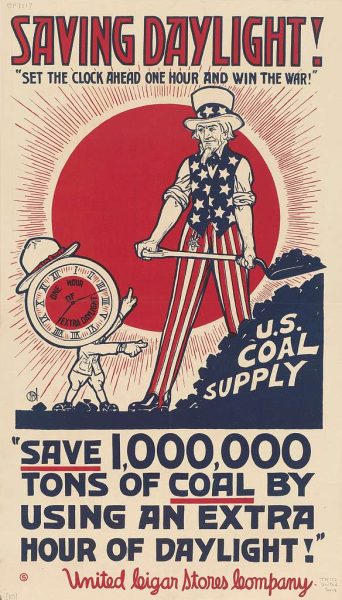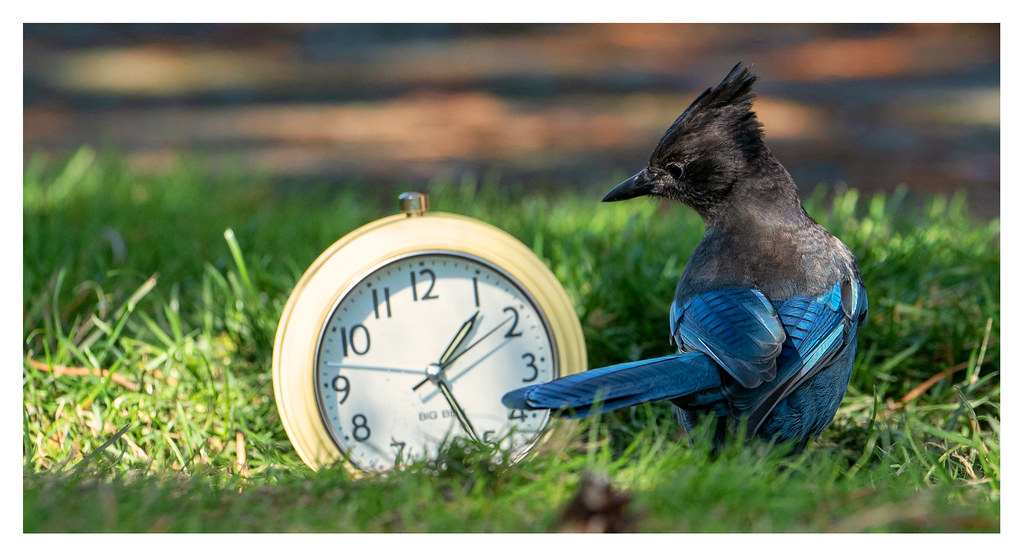Once again the time to turn our clocks forward has come. Days are growing warmer, rain showers are frequently downpouring on newly greening grass, and the patterns of the sun have shifted. While there has been heated debates over the years about whether or not to keep daylight savings, I for one love this time shift. While it may seem disruptive and confusing to many people to have to remember to switch a clock one hour forward or backward, I think it provides a beneficial mentality shift. These two days a year provide a subtle transition as it marks a change in the seasons, and with a change in the sun comes a change in mood.

Daylight savings initially began during WWI with Germany. According to The Associated Press, Germany wanted to preserve energy, as more light during the evening would reduce the nation’s energy consumption. Other nations, including the United States, followed, and this transition was known as “war time.” The end of the war also led to the end of “war time”, leading to years of chaos as people were still trying to figure out a standard form of time across countries. Finally, the Uniform Time Act was passed by Congress in 1966 according to the U.S. Department of Defense, interweaving the pattern of daylight saving time.
The story of why daylight savings changes specifically at 2 am, a seemingly random time, has to do with the train schedules. When daylight savings was first established in 1918, the goal was to make the clock change as least disruptive as possible. According to TIME, “during WWI, there were actually no trains that left New York City at 2 a.m. on a Sunday.” Thus, the time change was set to shift at 2 a.m. on a Sunday to work around train schedules to keep transportation orderly.
Currently in the U.S., all states continue to follow daylight savings except Hawaii and Arizona. This is mostly due to their geography, as with the amount of daylight they already receive, there isn’t a need to adjust clocks to extend it. More countries across the world are also getting rid of daylight savings, with Mexico beginning to not observe it in most areas starting from 2022.
However, as someone who has been living in a state that observes daylight savings, I don’t think I’m completely against it. On a practical level, it helps small business owners. By “springing ahead,” people are able to have time in the evening to shop and go to restaurants. With the warmer nights and late sunsets, those who work during the day are still able to enjoy the sunlight and spend their time outside. On a personal level, “springing forward,” allows people to maximize the sunlight hours, motivating them to exercise and to be outdoors.
At its core, daylight savings is working to take advantage of sunlight and to amplify the hours people can have with it. By “falling back,” in autumn, people are able to have days with more sunlight in the mornings to make up for the lack of daylight towards the evenings. Similarly, in the spring, turning the clocks one hour forward allows more daylight to be interwoven in the evening. Thus, as we enter into the season of spring, enjoy the outside. Take advantage of the warm, sunny days ahead of us as the days get continuously longer.













































































































































